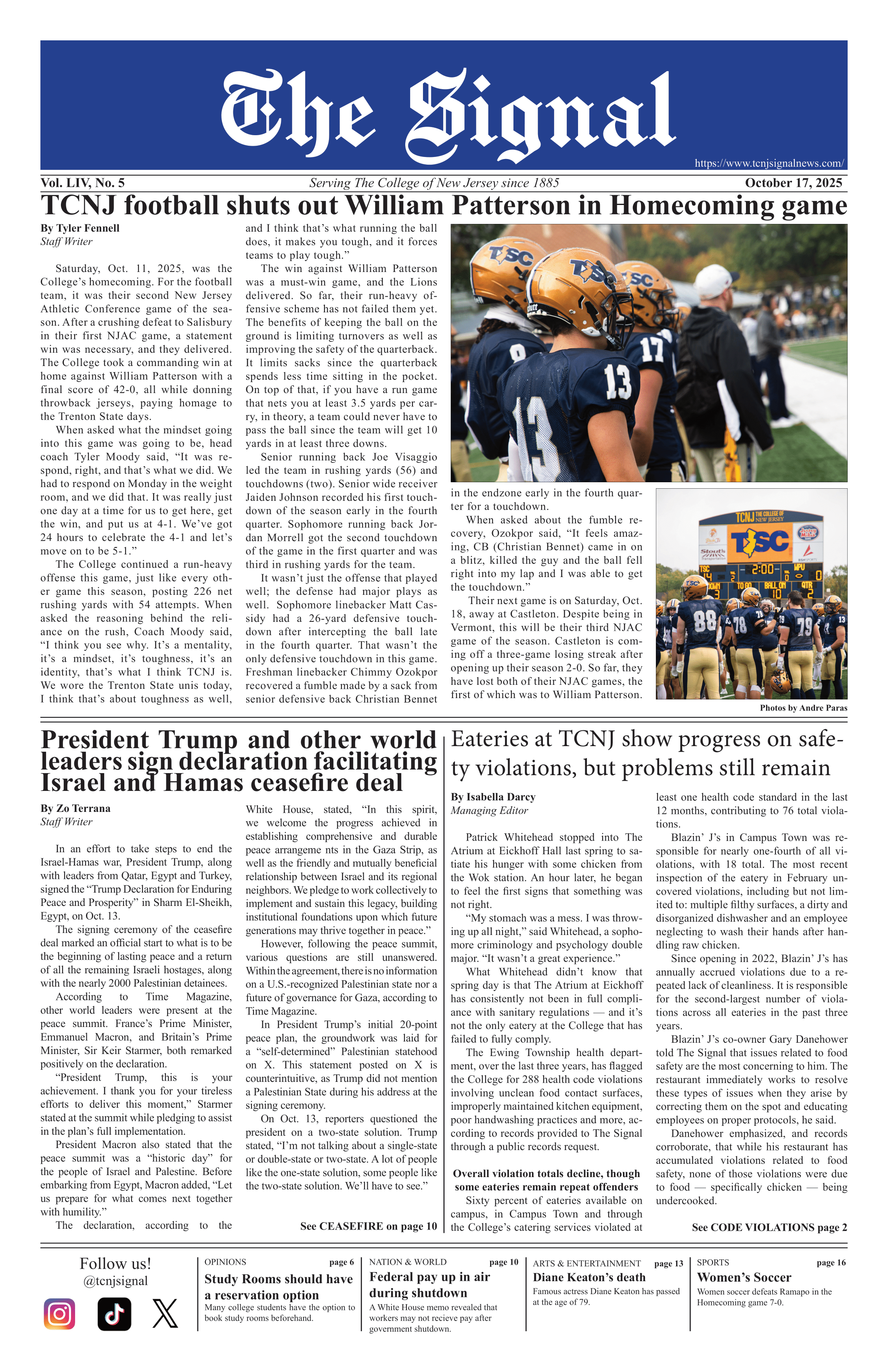Like many English professors, David Venturo pursues interests beyond the written word.
But whereas some professors keep their hobbies and career separate, Venturo incorporates his into his academic discourse. He marries the two in a way that allows him to analyze the world by probing different aspects of his passion.
This is how “Baseball and Material Culture,” Venturo’s essay on history, anthropology, symbolism and America’s pastime, began. Venturo shared his findings with a small group of students and faculty last Thursday in the Library Auditorium.
“I appreciate you all coming out on a day that if we were at a baseball stadium, it’d be rained out,” Venturo said with a laugh. “I’ll talk today about baseball from the perspective of a material culturist.”
Venturo discussed familiar objects associated with the game — players’ equipment, balls, bats, gloves, shoes — and how the changes these items have undergone reflect changes in the national culture.
He spoke from the perspective of a “hard material culturist,” one who focuses on the physical aspects of an item in order to gauge its relevance.
“(Early bats) were really fat and tapered very slowly — that was the bat of the great Honus Wagner,” Venturo said, describing how bats have become more lightweight and contoured over the years. “In the early game, the emphasis was on contact, not power-hitting.”
Venturo described advances in the sport’s technology and collectables as well. He discussed the advent of computers and how their use affected the process of gathering statistics. He also discussed baseball cards.
According to Venturo, baseball cards were included in cigarette packs for many years. Just like Joe Camel, the formerly animated face of Camel cigarettes, these baseball cards tempted youngsters to pick up a pack.
“I want to emphasize how baseball has changed and how those changes reflect change in the American culture,” Venturo said.
After the presentation, Venturo fielded questions from an engaged audience.
One student, who professed to not liking baseball, was nonetheless gripped by Venturo’s presentation.
“It was interesting to see the cultural implications … and the history of objects,” said junior English major Rebecca McNulty.
Emily Brill can be reached at brill3@tcnj.edu.






